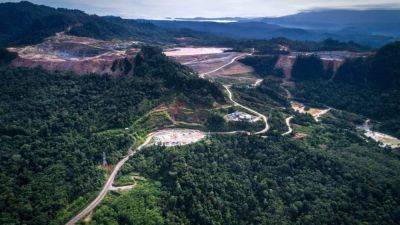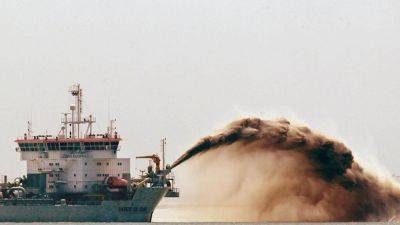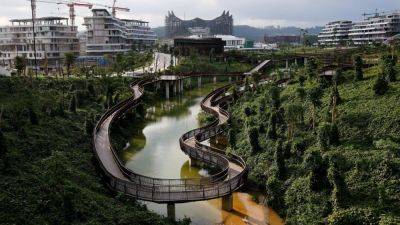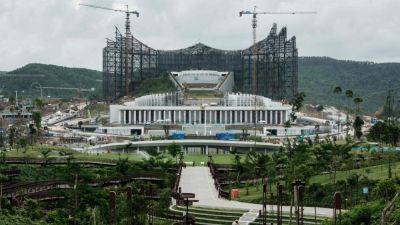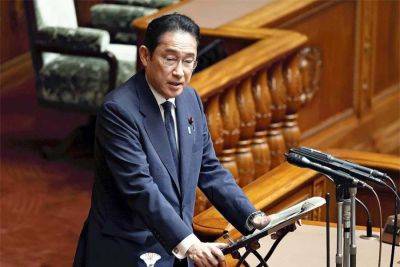80 years after Battle of Peleliu, Japanese families still seek their lost loved ones
Covered in cloying grime, Toshiko Kido kneels down to scrape away at the mud and fist-sized limestone blocks that hold an overturned Japanese military vehicle firmly in place. Using a trowel and a short-handled rake, she carefully digs a trench alongside the tank’s turret, all the while driven by her relentless pursuit to uncover the single word that could bring closure to her decade-long search for her grandfather.
Kido is looking for the word Sakura, Japanese for cherry blossom, in raised lettering on the turret of the Type 95 light tank, destroyed in the opening phase of the US invasion of the Pacific island of Peleliu on September 15, 1944.
A total of 17 Type 95 tanks were committed to the counter-attack after the US Marines came ashore on a bloody stretch of shoreline, identified as White Beach, on the west coast of this tiny island. So far, four have been located. None have the word sakura on their turrets.
Captain Amano never returned from the South Pacific, she told This Week in Asia, “And never held his son.”
Kido first came to Peleliu with her father in 2009, Yasuomi, to pay their respects to the war dead. And while her father is now 81 and too frail to make the journey, Kido has since joined 14 missions organised by the Japan Association for the Recovery and Repatriation of War Casualties (JARRWC).


